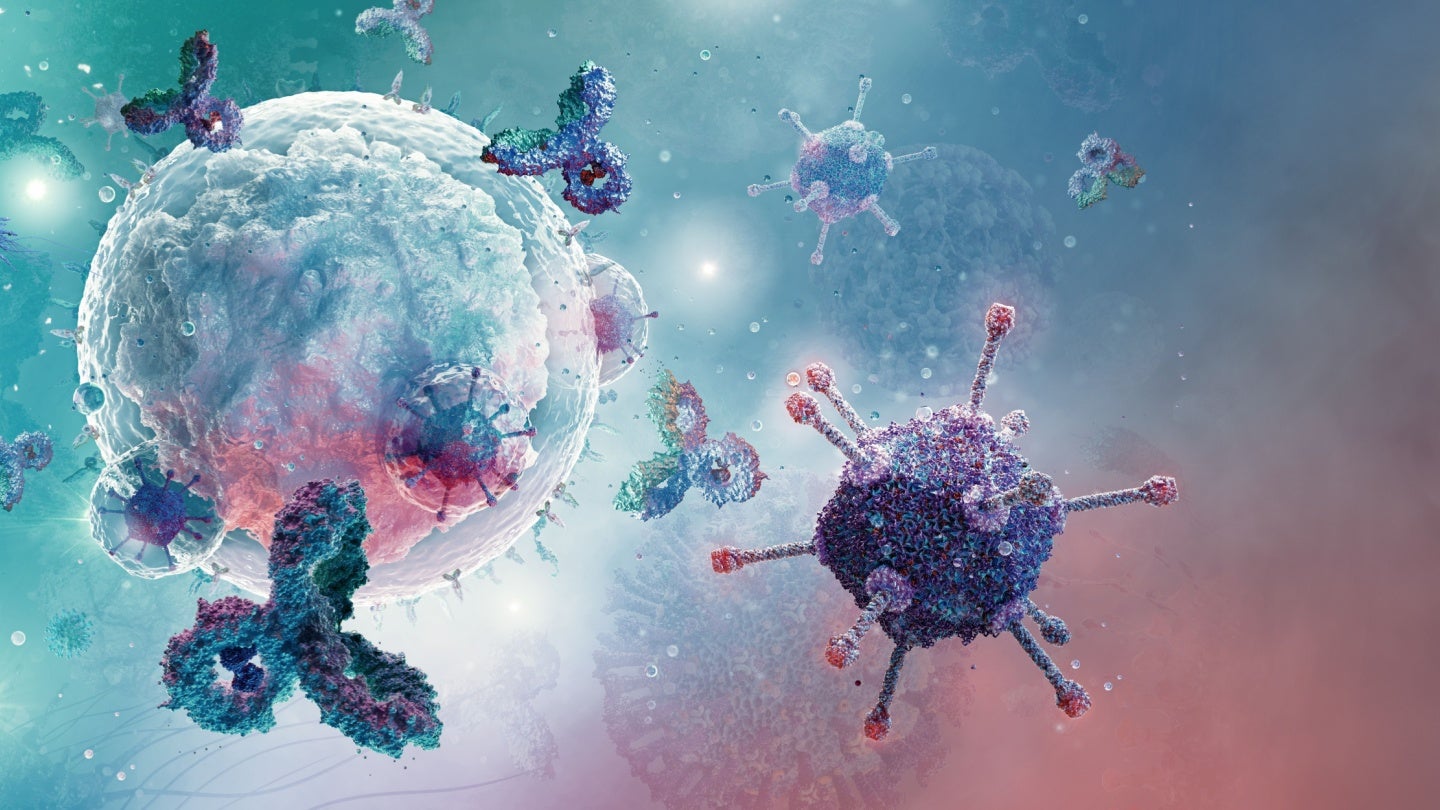Discovering a Novel Polymer: A Game-Changer in Blood Clot Prevention for Medical Implants
Zwitterionic Coatings: A Revolutionary Approach to Preventing Blood Clots in Medical Implants In the dynamic realm of medical technology, where the quest for innovative solutions is ongoing, researchers at the University of Sydney have embarked on a groundbreaking exploration of zwitterionic coatings, a marvel of modern chemistry. Zwitterions, surprisingly complex molecules known for their dual […]


Zwitterionic Coatings: A Revolutionary Approach to Preventing Blood Clots in Medical Implants
In the dynamic realm of medical technology, where the quest for innovative solutions is ongoing, researchers at the University of Sydney have embarked on a groundbreaking exploration of zwitterionic coatings, a marvel of modern chemistry. Zwitterions, surprisingly complex molecules known for their dual positive and negative charge, are proving to be instrumental in addressing one of the significant challenges in medical device integration within the human body—blood clot formation. This ingenious approach promises to not only enhance the longevity of critical medical implants but also improve patient outcomes, offering hope to countless individuals reliant on devices such as heart valves and stents.
Heart valve disease is a prevalent affliction affecting approximately 500,000 to 600,000 Australians, emphasizing the urgent need for effective medical interventions. The role of implants in saving lives cannot be overstated, particularly in cardiovascular applications where they endure immense physiological pressure. Traditional implants, however, face a daunting challenge: proteins in the blood tend to adhere to their surfaces, leading over time to the formation of blood clots. Such occurrences frequently necessitate invasive surgical interventions, presenting a significant risk to patients’ health and well-being.
Dr. Sina Naficy, a leading figure in this innovative research, articulates the critical nature of maintaining the integrity of medical implants under constant physiological stress. As heart valves, for instance, are subjected to high pressure with millions of cycles of opening and closing over a decade, prolonging their lifespan is paramount. The use of zwitterionic coatings presents an allure because of their unique properties, which could mitigate the hazardous interaction between blood and implants. The goal is to create a protective barrier that diminishes the likelihood of blood clot formation, substantially enhancing the performance and durability of these essential medical devices.
Intriguingly, zwitterions are already integral to biological systems. Present in cell membranes, they play an essential role in ensuring smooth interactions within the cardiovascular system. These macromolecules are adept at forming hydration layers, facilitating unhindered movement of fluids and proteins throughout the body without causing detrimental adhesion. The research team’s ambition is to harness these natural characteristics to develop coatings that can be seamlessly applied to various types of medical implants, thus mimicking the natural interactions that occur within the human body.
The properties of zwitterionic compounds are what imbue them with their healing potential. Their ability to be chemically neutral while also exhibiting a strong affinity for water allows them to create an effective hydrating shield around the implant’s surface. Dr. Naficy’s team capitalizes on this feature, having developed coatings that are only a few nanometers thick yet significantly alter the physical interactions between the device and bodily fluids. In experiments, these coatings have successfully generated a protective bubble of water, effectively creating a barrier against the protein adsorption that leads to blood clotting.
As research progresses, the team faces a fundamental question: what is the optimal quantity of zwitterions necessary to achieve the desired outcomes? This inquiry has been dubbed the “Goldilocks problem” within the context of biomedical research. Achieving the perfect balance is essential; too few zwitterions may not sufficiently inhibit blood clot formation, while an excess could inadvertently aggravate the issue. Establishing the right conditions for zwitterionic application is critical for translating this scientific breakthrough into viable clinical solutions.
In addition to determining the ideal concentration of zwitterions in various formulations, the research group is also investigating the methodologies for effectively anchoring these compounds to different materials, whether they be biological tissues, metals, or synthetic polymers. The challenge is to find an approach that provides stability while allowing for optimal interaction with the physiological environment. Salt concentrations in the solution have emerged as another variable of interest; excessive salt can lead to undesirable clumping of zwitterionic molecules, which would undermine their effectiveness.
Dr. Sepehr Talebian, another pivotal researcher on the project, emphasizes the complexities in the lab that accompany the exploration of zwitterions, noting that each modification can lead to different outcomes. The nuanced behaviors of these macromolecules illustrate the intricacies of biomaterials science, drawing on both fundamental chemistry and innovative engineering. By establishing a comprehensive understanding of the optimal environment for zwitterionic action, researchers aim to maximize their potential to minimize unwanted biological interactions.
The recently published review in the esteemed journal Cell Biomaterials offers a detailed analysis of zwitterions and their applications in biomedicine. This document acts as a crucial resource, mapping out the vast potential of these compounds while simultaneously addressing the challenges researchers must overcome to fully utilize their benefits. With the innovative landscape of medical technology constantly evolving, the contributions of this research could herald new advancements, particularly in the field of implantable devices.
As scientists continue their meticulous investigations, the promise of zwitterions to transform medical implants becomes increasingly clear. The path forward is one defined by exploration and diligence, where every experiment and finding contributes to a broader understanding of how these unique molecules can facilitate safer, more effective medical interventions.
The research exemplifies a remarkable intersection of chemistry and medicine, highlighting how foundational science can lead to extraordinary improvements in patient care. Ultimately, as the world awaits these advancements, the work being carried out at the University of Sydney stands as a testament to the potential inherent in studying and learning from the natural world.
In an age where knowledge quickly translates into practice, the University of Sydney’s exploration of zwitterionic coatings paves the way for a future where medical implants not only save lives but do so with greater efficiency and fewer complications. With continued investment in research and development, the fruits of this labor promise to benefit countless patients and redefine the standards for medical devices.
Subject of Research: Zwitterionic coatings for medical implants
Article Title: Zwitterionic Coatings: A Revolutionary Approach to Preventing Blood Clots in Medical Implants
News Publication Date: October 2023
Web References: Cell Biomaterials
References: Cell Biomaterials, DOI: 10.1016/j.celbio.2024.100005
Image Credits: Credit: University of Sydney
Keywords
Zwitterionic compounds, heart valve disease, medical implants, blood clot prevention, biomaterials, hydrophilic coatings, polymer science, biomedical engineering, protein interactions, polymer engineering, cardiovascular health, medical technology.
Tags: blood clot prevention technologiescardiovascular implant safety improvementschallenges in blood clot formationdual-charge molecules in medicineenhancing longevity of medical implantsheart valve disease treatment advancementsinnovative solutions in medical devicesmedical technology breakthroughspatient outcomes in implant proceduresreducing surgical interventions through coatingsUniversity of Sydney researchzwitterionic coatings in medical implants
What's Your Reaction?


































